In this article, we will explore the process of rollback an explicit SQL Server transaction. We will also explore the difference between explicit and implicit transactions.
Read more »
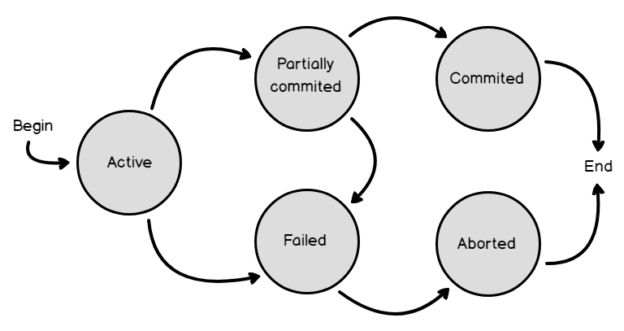


In this article, we will explore the process of rollback an explicit SQL Server transaction. We will also explore the difference between explicit and implicit transactions.
Read more »
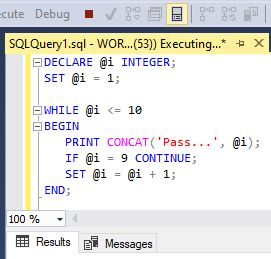
Loops are one of the most basic, still very powerful concepts in programming – the same stands for SQL Server loops. Today, we’ll give a brief info on how they function and introduce more complex concepts in upcoming articles of this series.
Read more »
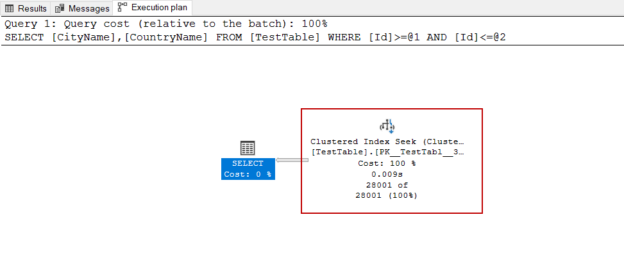
In this article, we will analyze a simple T-SQL query execution plan with different aspects. This will help us to improve our practical skills instead of discussing theoretical knowledge.
Read more »
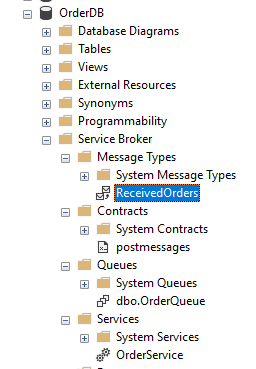
In the real-world implementation of SQL Server of an enterprise system, it always needs to implement data in multiple databases. In most of the cases, a single transaction will span across multiple databases. If there are multiple databases, there will be performance issues and implementation issues during the cross-database transactions. However, with the use of SQL Service Broker that was introduced in SQL Server 2005, you can implement asynchronous transactions between databases.
Read more »
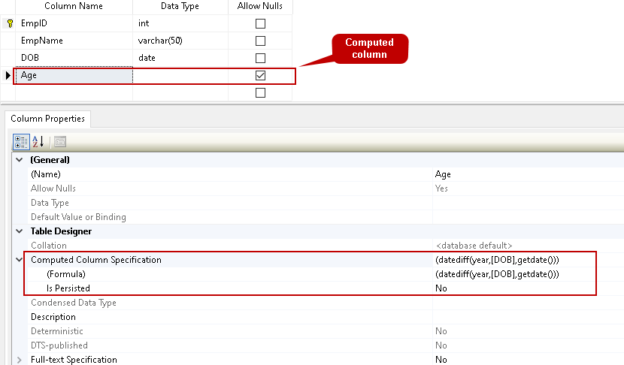
In this article, we will explore computed columns in SQL Server and their configurations.
Read more »
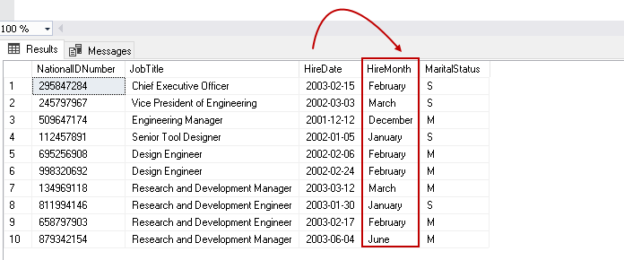
In the article, a CASE statement in SQL, we explored one of the important logical expressions – the Case statement in SQL Server to return the values based on the specified condition. Today, we will talk about another useful logical Choose() function in SQL Server 2012 onwards and its comparison with the Case statement.
Read more »
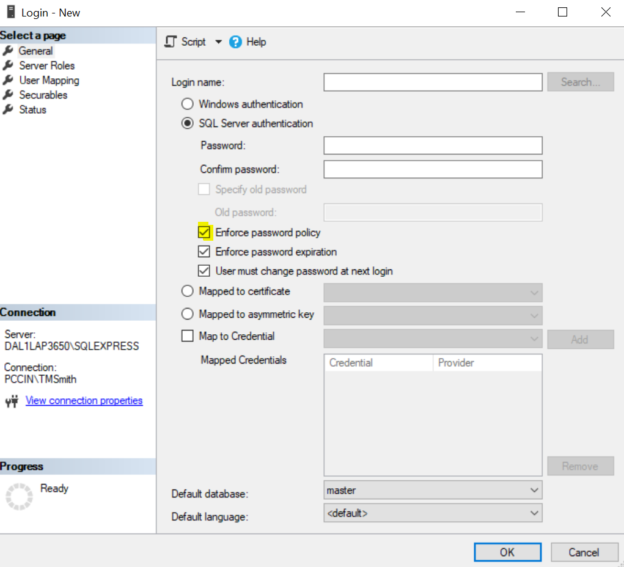
In this article, we’ll look at using the built-in PWDCOMPARE function in SQL Server for security testing passwords. While this tool may seem like it exposes a weakness in Microsoft SQL Server because we can test for passwords, it should be of note that an attacker could do the same attack by attempting to login to our database server assuming the attacker was able to access a connection to it. Therefore, this function does not increase the risk of an attack on SQL Server but does help us identify possible weaknesses in our environment so that we can quickly mitigate these risks. In addition, we’ll also combine this with other related tools in SQL Server to help us with logins.
Read more »
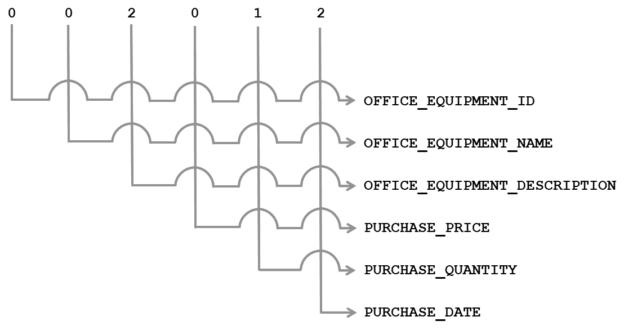
The T-SQL ORDER BY clause sorts SQL Server SELECT statement result sets, and it becomes important when we build stored procedures. Unfortunately, the syntax offers no flexible way to directly control the ORDER BY clause behavior with argument values. This means we don’t have an easy way to control the specific column or columns that the ORDER BY clause sorts. Additionally, SQL Server does not offer a flexible way to directly control the ascending or descending order of any ORDER BY clause column with argument values. Of course, we can certainly hard-code the ORDER BY clause in a stored procedure, but this approach becomes fixed in stone. We could try a dynamic SQL solution, involving a stored procedure code that dynamically builds and executes SQL Server statements inside a stored procedure. However, this technique becomes tricky, and it can lead to SQL injection attacks. Other techniques might rely on CASE statements, and their complexity can become overwhelming as the column count grows. This article spotlights a clean, efficient, pinpoint T-SQL stored procedure technique that directly sorts one, some, or all SELECT statement result set columns. The technique avoids dynamic SQL, and it operates directly in a stored procedure. The article also shows how to set the ascending or descending sort order of specific columns.
Read more »
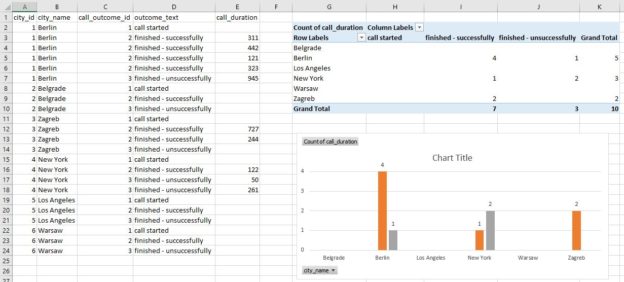
In the previous article, Learn SQL: SQL Server Pivot Tables, we’ve discussed how to create a report using a PIVOT table query. We’ve created such a report directly in the SQL Server. In this article, we’ll do the same, but this time we’ll use SQL Server export to Excel. So, let’s start.
Read more »

In the previous few articles in this series, we’ve set the foundations on how to create a report. We’ll take one step further and see how to use the SQL Server PIVOT table operator. We’ll start from the simple query and slowly progress towards dynamic SQL and PIVOT. Let’s start.
Read more »

Lever T-SQL to handle duplicate rows in SQL Server database tables article highlighted T-SQL features that detect and handle duplicate SQL Server table rows. The techniques work well, but they rely on fixed duplicate row definitions. This article extends those techniques, showing how to define duplicate rows in a dynamic way.
Read more »

In the previous two articles of this series, we’ve discussed how to create a report and how to use built-in date and time functions. Today, we’ll join these two together and analyze some interesting queries we could use while creating more complex SQL Server reports where date and time functions are used to create reporting categories.
Read more »

In this article, we will learn different methods that are used to update the data in a table with the data of other tables. The UPDATE from SELECT query structure is the main technique for performing these updates.
Read more »
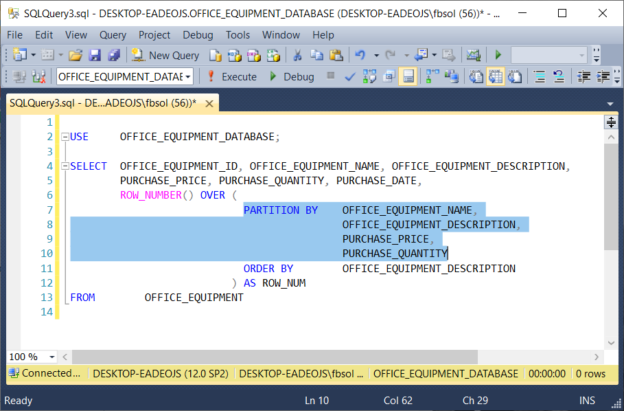
Duplicate rows in a SQL Server database table can become a problem. We will see how we can find and handle those duplicate rows using T-SQL in this article.
Read more »
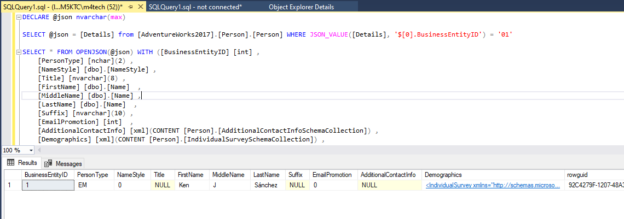
In this article, we will explain what JSON is, what are the SQL Server JSON functions introduced in 2016, how to index JSON values, and how to import JSON data into SQL tables.
Read more »

So far, we haven’t talked about SQL Server date and time functions. Today we’ll change that. We’ll take a close look at the ones most frequently used and mention all other date and time functions as well. This will be also the first step to create reports, including date and time functions. We’ll do that in upcoming articles in this series.
Read more »

In the previous two articles, we’ve practiced SQL queries and went through a few more examples. Today we’ll use SQL queries and create a report from scratch. We’ll start from the simplest possible query and finish with the query returning the actual report data.
Read more »
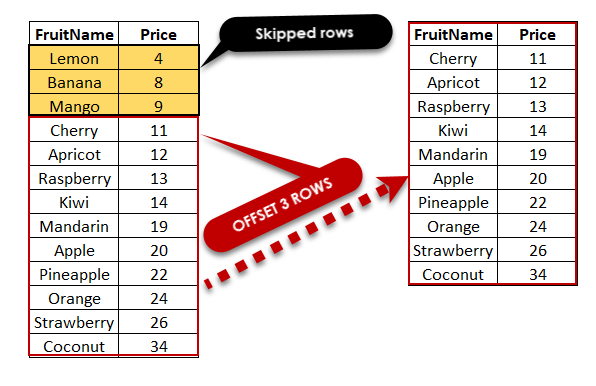
Pagination is a process that is used to divide a large data into smaller discrete pages, and this process is also known as paging. Pagination is commonly used by web applications and can be seen on Google. When we search for something on Google, it shows the results on the separated page; this is the main idea of the pagination.
Read more »
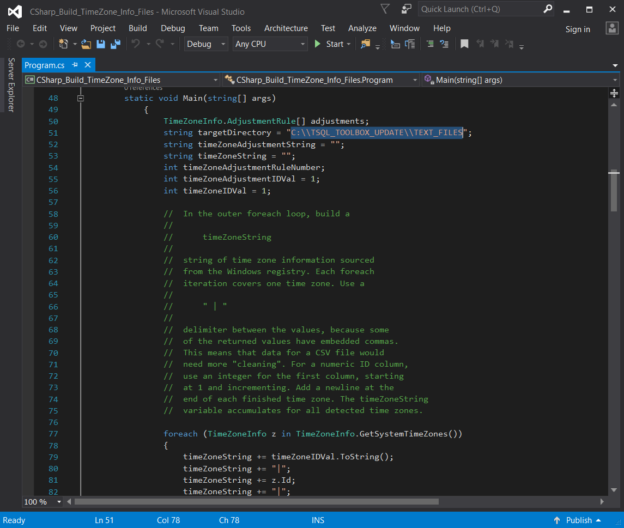
In an earlier article, Solve Time Zone, GMT, and UTC problems using the T-SQL Toolbox database, I described T-SQL Toolbox, a free, open-source SQL Server database that handles time zone, date, and time calculations in a clean and efficient way. Available here at the CodePlex Archive, and here at GitLab, T-SQL Toolbox relies on time zone and time zone adjustment data in its two tables for many of its own calculations. However, T-SQL Toolbox does not update that data. I built primitive C-Sharp and VB.net applications that extract the latest time zone and time zone adjustment data from the Windows registry, and I discussed those applications in that earlier SQL Shack article. In the article, I explained that we can build SQL Server UPDATE statements with this extracted data, and then update the T-SQL Toolbox tables. This article describes a better approach and a better solution.
Read more »

In the previous article we’ve practiced SQL, and today, we’ll continue with a few more SQL examples. The goal of this article is to start with a fairly simple query and move towards more complex queries. We’ll examine queries you could need at the job interview, but also some you would need in real-life situations. So, buckle up, we’re taking off!
Read more »
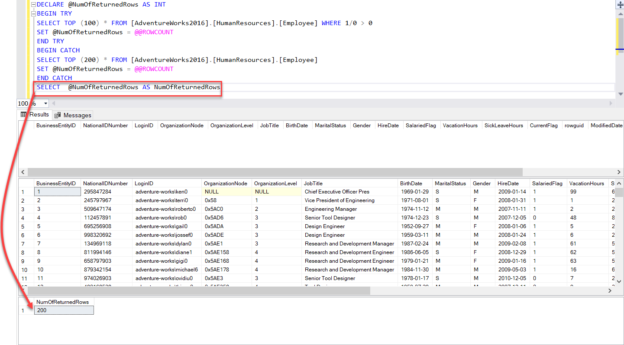
In this article, we will discuss the SQL Server @@ROWCOUNT and ROWCOUNT system objects by going through practical examples that cover most of these system objects usage.
Read more »
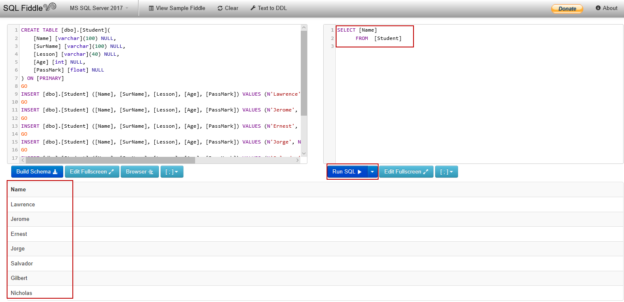
Essentially, SQL language allows us to retrieve and manipulate data on the data tables. In this article, we will understand and gain the ability to write fundamental SQL queries. At first, we will take a glance at the main notions that we need to know about in order to write database queries.
Read more »

In this article, we will go deeply through the INSERT INTO statement by showing the different syntax formats and usage scenarios for that statement.
Read more »

Today is the day for SQL practice #1. In this series, so far, we’ve covered most important SQL commands (CREATE DATABASE & CREATE TABLE, INSERT, SELECT) and some concepts (primary key, foreign key) and theory (stored procedures, user-defined functions, views). Now it’s time to discuss some interesting SQL queries.
Read more »
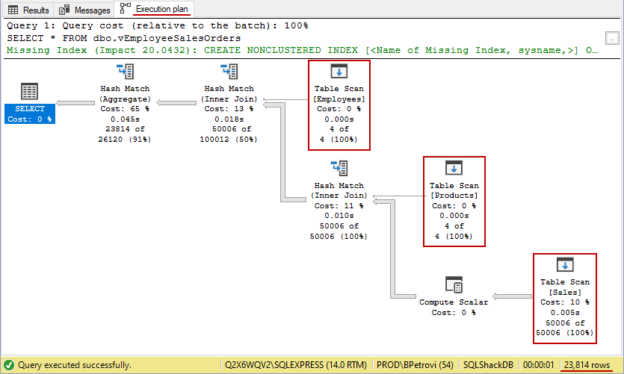
This is the fourth article in a series of learning the CREATE VIEW SQL statement. So far, we have done a great deal of creating and altering views using T-SQL. In this last part, I want to take a big look at how to work with indexed views.
Read more »© Quest Software Inc. ALL RIGHTS RESERVED. | GDPR | Terms of Use | Privacy